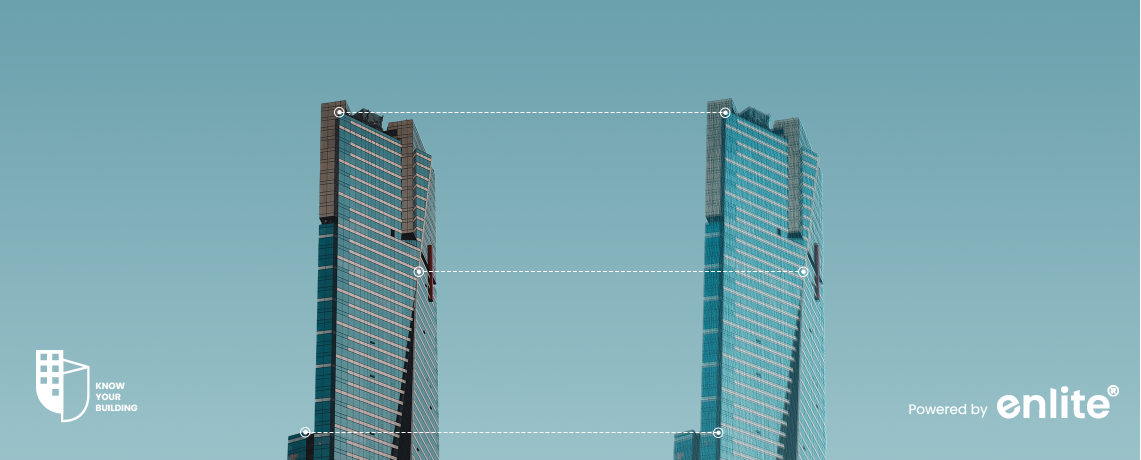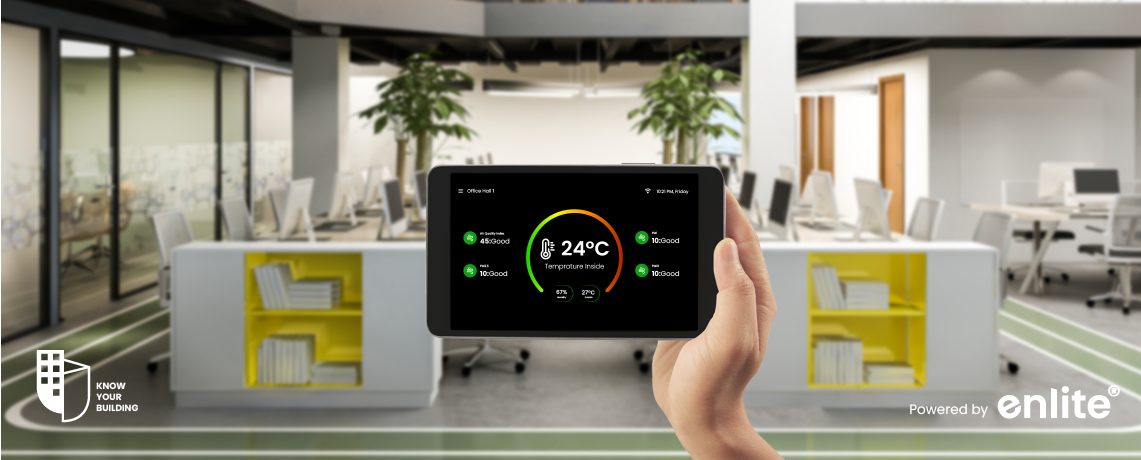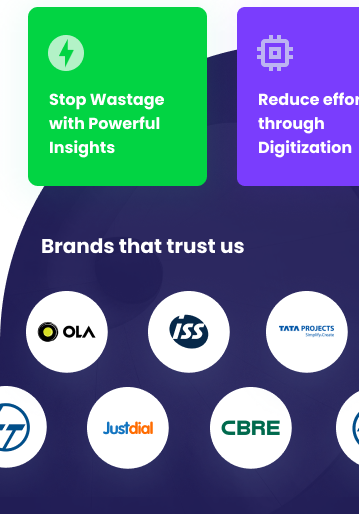Building Management Systems (BMS) have long been the operational backbone of modern buildings, controlling essential systems like HVAC, lighting, and security. But even the most advanced BMS have traditionally relied on a somewhat limited view of the building – a collection of sensor data and pre-programmed rules. The emergence of Digital Twin technology is fundamentally changing this, creating a dynamic, virtual representation of the building that unlocks unprecedented levels of insight, control, and optimization.
What is a Digital Twin? Beyond a 3D Model
A Digital Twin is much more than just a 3D model of a building. It’s a virtual replica that mirrors the physical building in real-time, incorporating not just its physical structure but also its operational data, environmental conditions, and even the behavior of its occupants. This dynamic connection between the physical and virtual worlds is what sets a Digital Twin apart.
Key components of a Building Digital Twin include:
- 3D Model: A detailed geometric representation of the building’s structure, including walls, floors, windows, and MEP (mechanical, electrical, and plumbing) systems.
- Real-Time Data Streams: Continuous data feeds from IoT sensors embedded throughout the building, providing information on temperature, humidity, occupancy, energy consumption, equipment status, and more.
- Historical Data: Archived data from the BMS and other sources, providing a historical record of building performance.
- Simulation Capabilities: The ability to model and simulate different scenarios, such as changes in occupancy, weather conditions, or equipment settings.
- Analytics and AI: Advanced analytics and artificial intelligence algorithms that process the data to identify patterns, predict trends, and optimize performance.
The Revolutionary Impact on BMS
The integration of Digital Twin technology with BMS is creating a powerful synergy, transforming how buildings are managed and operated:
- Enhanced Visualization and Understanding: A Digital Twin provides a holistic, intuitive view of the building’s performance. Instead of sifting through spreadsheets of data, building managers can visualize real-time conditions and performance metrics within the 3D model. This makes it much easier to understand how different systems are interacting and identify potential issues.
- Improved Operational Efficiency: The real-time data and simulation capabilities of a Digital Twin enable proactive and optimized building management. For example:
- HVAC Optimization: The Digital Twin can simulate the impact of different temperature setpoints and ventilation strategies, identifying the optimal settings to minimize energy consumption while maintaining occupant comfort.
- Lighting Control: The system can automatically adjust lighting levels based on occupancy and daylight availability, visualized within the 3D model.
- Space Utilization: By tracking occupancy patterns, the Digital Twin can help optimize space utilization and identify underutilized areas.
- Predictive Maintenance and Reduced Downtime: This is a major benefit. By continuously monitoring equipment performance data within the Digital Twin, AI algorithms can detect subtle anomalies that might indicate an impending failure. This allows maintenance teams to intervene before a breakdown occurs, minimizing downtime, reducing repair costs, and extending equipment lifespan. The Digital Twin can even visualize the location of the faulty equipment and provide guidance on the necessary repairs.
- Remote Monitoring and Control: A Digital Twin, especially one hosted in the cloud, allows building managers to monitor and control building systems from anywhere in the world. This is particularly valuable for managing multiple buildings or for responding to issues outside of normal working hours.
- Scenario Planning and “What-If” Analysis: The Digital Twin’s simulation capabilities allow building managers to test different scenarios and evaluate their potential impact before implementing them in the real world. For example:
- Energy Efficiency Upgrades: Simulate the impact of installing new energy-efficient equipment.
- Occupancy Changes: Model the effects of increased or decreased occupancy on building systems.
- Emergency Response: Simulate different emergency scenarios (e.g., fire, power outage) to optimize evacuation plans and response procedures.
- Improved Collaboration and Communication: A Digital Twin provides a common platform for all stakeholders – building owners, facility managers, engineers, and even occupants – to visualize and understand building performance. This facilitates better communication and collaboration, leading to more informed decision-making.
- Commissioning & Retro-commissioning: Digital Twins dramatically improve building commissioning. The as-designed model can be verified with as-built model.
The Future of BMS: Powered by Digital Twins
The integration of Digital Twin technology is not just an incremental improvement to BMS; it’s a paradigm shift. It’s moving building management from a reactive, data-driven approach to a proactive, predictive, and visually intuitive one. As Digital Twin technology continues to evolve, we can expect even more sophisticated capabilities, such as:
- Autonomous Building Operations: AI-powered Digital Twins will increasingly automate building operations, optimizing performance and minimizing human intervention.
- Personalized Occupant Experiences: Digital Twins will enable personalized control of the building environment, tailoring lighting, temperature, and other factors to individual preferences.
- Integration with Smart Cities: Building Digital Twins will connect with larger smart city initiatives, enabling data sharing and collaboration to improve urban sustainability and resilience.
Embracing the Digital Transformation
Digital Twin technology is revolutionizing the way buildings are designed, constructed, and operated. By bridging the gap between the physical and virtual worlds, Digital Twins are empowering building owners and managers to create more efficient, sustainable, and occupant-centric buildings. The integration of Digital Twins with BMS is a key step in this digital transformation, unlocking a new era of intelligent building management. The advantages are clear, and the potential for future innovation is immense. Building owners and operators who embrace this technology will be well-positioned to thrive in the increasingly complex and demanding world of modern building management.














